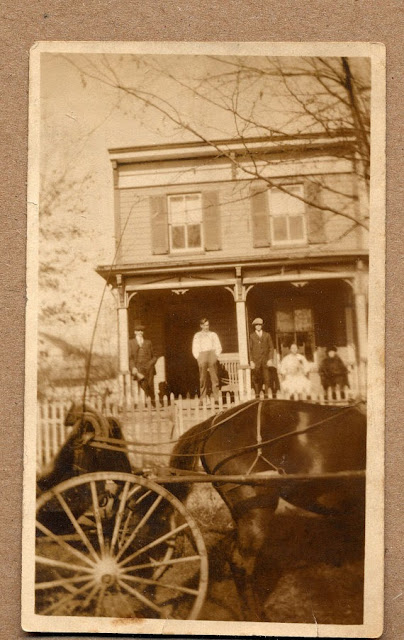The Garden of the Monsters
Sunday, 23 September 2012
In sixteenth century Italy the nobility would often leave testimony of their greatness through the form of religious art. Not so Pier Francesco Orsini. He wanted to be remembered in an entirely different way – through his Park of the Monsters. He did not want his monuments to please – he wanted them to astonish.
Tucked away in Bomarzo almost seventy kilometers from Rome, the gardens are located in a section of woodland near to the bottom of the valley in which the Orsini family castle was built. Here, after a career as a mercenary, the latest of the Orsini line settled in to a life of middle-aged Epicureanism. The park is perhaps holds a mirror to his imagination (or even state of mind) after a lifetime of political and social turmoil.

The park’s natural vegetation is left to its own devices and the sculptures can be found at varied intervals so that the curious visitor, holding their breath, is never quite sure what is going to be round the next corner. Some of the sculptures were carved directly on to the bedrock – this area of Northern Lazio is renowned for its rocky, mostly barren landscape.

Pier Francesco Orsini who was also referred to as Vicino lived between 1528 and 1588, although a mercenary and no doubt as ruthless as the next man in renaissance Italy, was devoted to his wife. Devastated when she died he put his energies in to creating the gardens. To help he had Pirro Lugorio who was a popular architect at the time.
The monsters seem to have no connection with each other in terms of mythology or time frame and there is also no rationality around their positioning. Used as we are to parkland having a more formal layout this only increases the surprise that each one presents when it appears.

An inscription on an obelisk says that the area is sol per sfogare il Core ("just to set the heart free") and perhaps Vicino had his wife’s nature in mind when he made the garden of monsters. Perhaps it was created in this way as a silent reply or even rebuke to the perfectly symmetrical Renaissance gardens that were created during his lifetime – a number in the vicinity of his garden.
While we may not consider some of the sculptures to be monsters, per se, the time of construction must be taken in to account when it comes to the name. Pegasus, Poseidon and Proteus are all present in the garden. A huge elephant crushes a Roman soldier in a re-enactment of Hannibal’s journey over the Alps. Cerberus raises his shaggy head while giants shred their enemies to pieces. Pegasus rises from a fountain and a Triton watches over it all rather wearily.
One can only imagine the suspicion with which this garden may have been viewed in the sixteenth century - and even later.
It is certainly a triumph of individuality over conformity, that is for sure. Unusually for the time there is a distinct lack of Christian allegorical sculpture within the park and that is, scholars suggest, tantamount to a rejection of the religion. Perhaps Vicino's grief for the untimely death of his wife led to this. Authors have speculated on the real reasons for the construction of The Park of the Monsters for hundreds of years.

A final surprise awaits in this Garden of the Monsters. The house which borders it has, like another building in Italy a little more famous, come over the centuries to lean.The Garden of the Monsters ~ Kuriositas
Tucked away in Bomarzo almost seventy kilometers from Rome, the gardens are located in a section of woodland near to the bottom of the valley in which the Orsini family castle was built. Here, after a career as a mercenary, the latest of the Orsini line settled in to a life of middle-aged Epicureanism. The park is perhaps holds a mirror to his imagination (or even state of mind) after a lifetime of political and social turmoil.


The monsters seem to have no connection with each other in terms of mythology or time frame and there is also no rationality around their positioning. Used as we are to parkland having a more formal layout this only increases the surprise that each one presents when it appears.

While we may not consider some of the sculptures to be monsters, per se, the time of construction must be taken in to account when it comes to the name. Pegasus, Poseidon and Proteus are all present in the garden. A huge elephant crushes a Roman soldier in a re-enactment of Hannibal’s journey over the Alps. Cerberus raises his shaggy head while giants shred their enemies to pieces. Pegasus rises from a fountain and a Triton watches over it all rather wearily.
One can only imagine the suspicion with which this garden may have been viewed in the sixteenth century - and even later.
It is certainly a triumph of individuality over conformity, that is for sure. Unusually for the time there is a distinct lack of Christian allegorical sculpture within the park and that is, scholars suggest, tantamount to a rejection of the religion. Perhaps Vicino's grief for the untimely death of his wife led to this. Authors have speculated on the real reasons for the construction of The Park of the Monsters for hundreds of years.














































